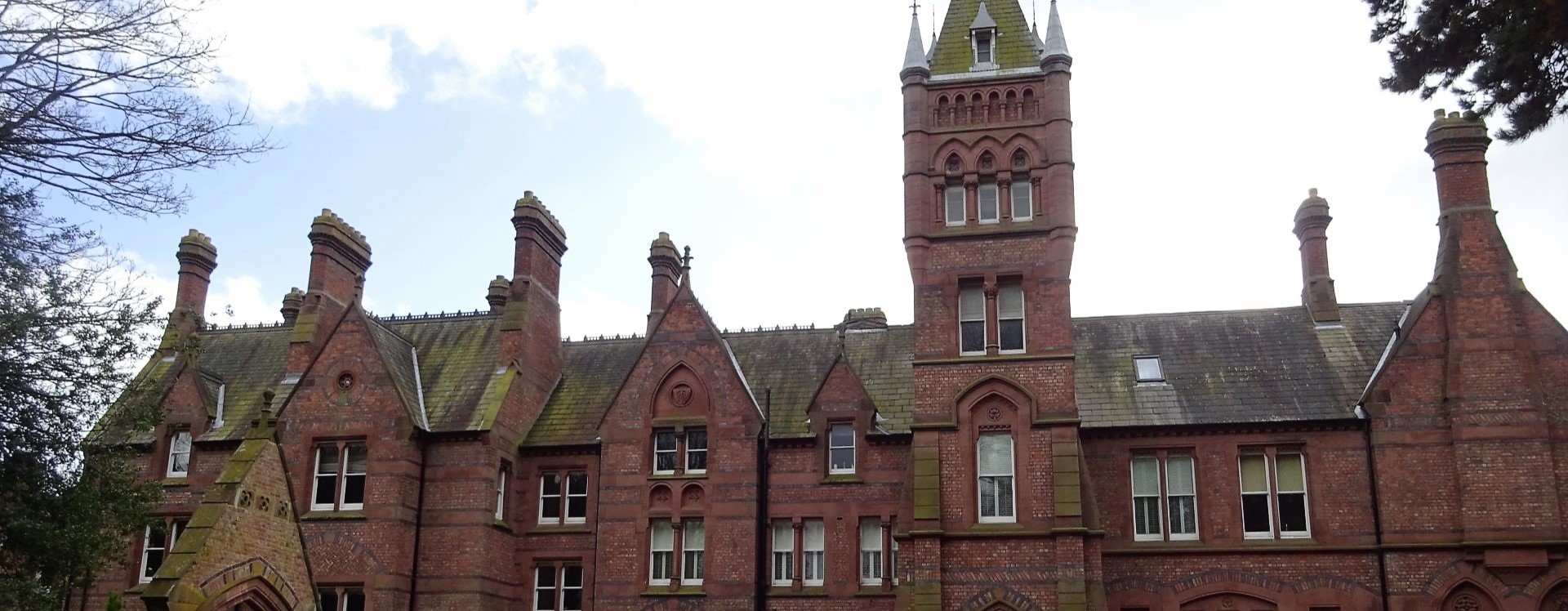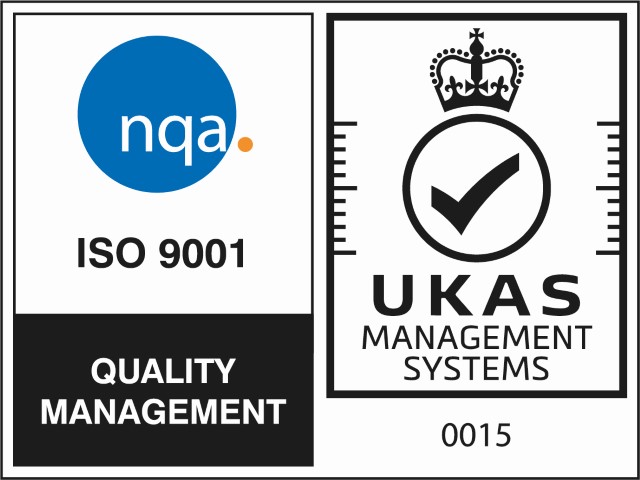Despite Grade II* listings accounting for just 5% of all listed properties, this heritage property in Liverpool was the second Grade II* home we have surveyed in recent months, coming to us hot on the heels of a similar apartment building further down the west coast in Bristol.
Grade II* listed properties have a higher level of protection and are much rarer than Grade II listed buildings. They are therefore fascinating to inspect, and give our RICS building surveyors chance to thoroughly exercise their heritage property skills.
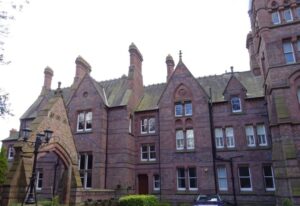
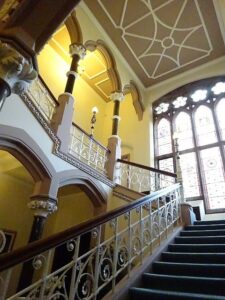
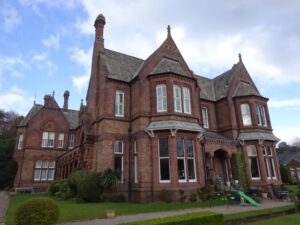
An in-depth inspection
Although the property was only converted into apartments in the past 2 decades, the building itself dates from the 19th century. Properties of this age, whether listed or not, require a level 3, full building survey. HomeBuyer (Level 2) surveys are not appropriate for older buildings – they follow a set template that is designed for modern, standard properties in good condition, but does not have the flexibility needed to provide in-depth insight into all the intricacies of a period home.
In contrast, a Level 3 survey report is a much more comprehensive document. Our Liverpool RICS chartered surveyor, Stuart, was able to tailor the survey and the report to ensure that it covered everything the buyers needed to know about the condition and structure of the property. In addition to commenting on obvious visible issues, a level 3 survey includes scope for the surveyors to discuss potential hidden defects, and to provide detailed advice on the specific repairs and maintenance that the property will need. This includes information on how to maintain the building in keeping with its style and age, and information on which materials should be used to best preserve the integrity of the property.
A Fascinating History
Delving into the listing for this Liverpool building survey, Stuart learned that the apartments were once part of a large house built by a Liverpool colliery owner, on the site of an even older property built by a local merchant. In the early 20th century, the building was converted into a catholic priory school for children with additional needs. It remained a school until the 1970s, when it was converted into a nursing home.
The distinctive blue brick and stone banding covered in the Historic England listing can be clearly seen on the outside of the property, as can the property’s asymmetrical design and impressive arches. The tower that houses the entrance is particularly striking. Inside, the fireplace and staircase are also called out by the listing.
The property was bought by developers and converted into self-contained apartments, some of which have retained the fascinating period features of the original building.

